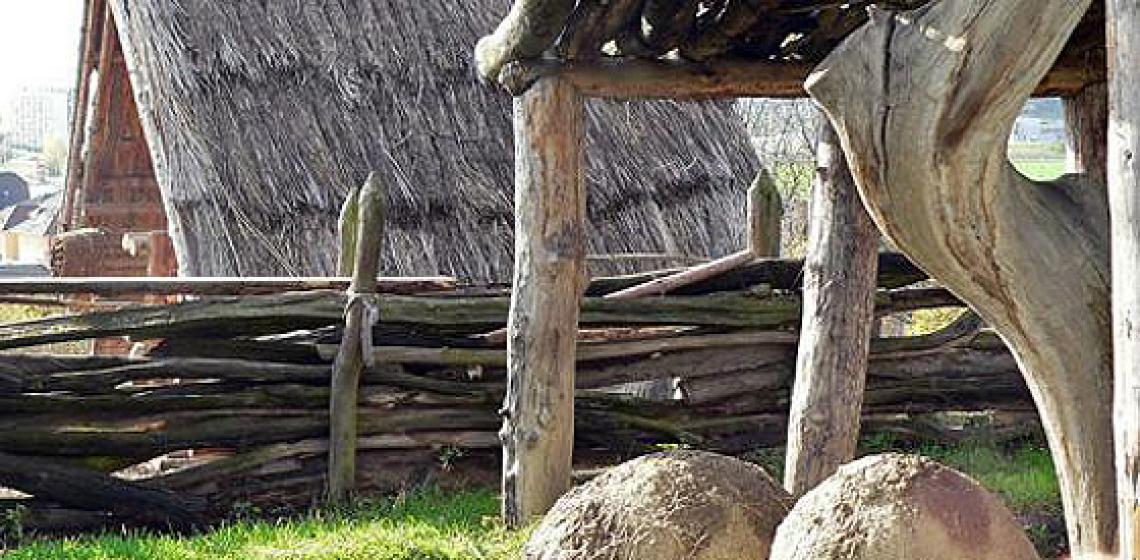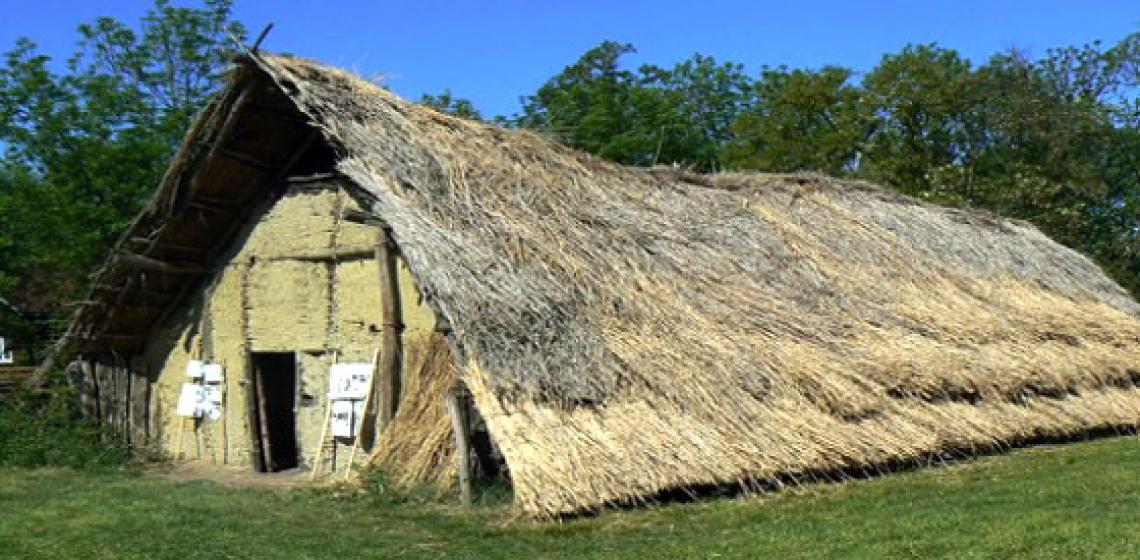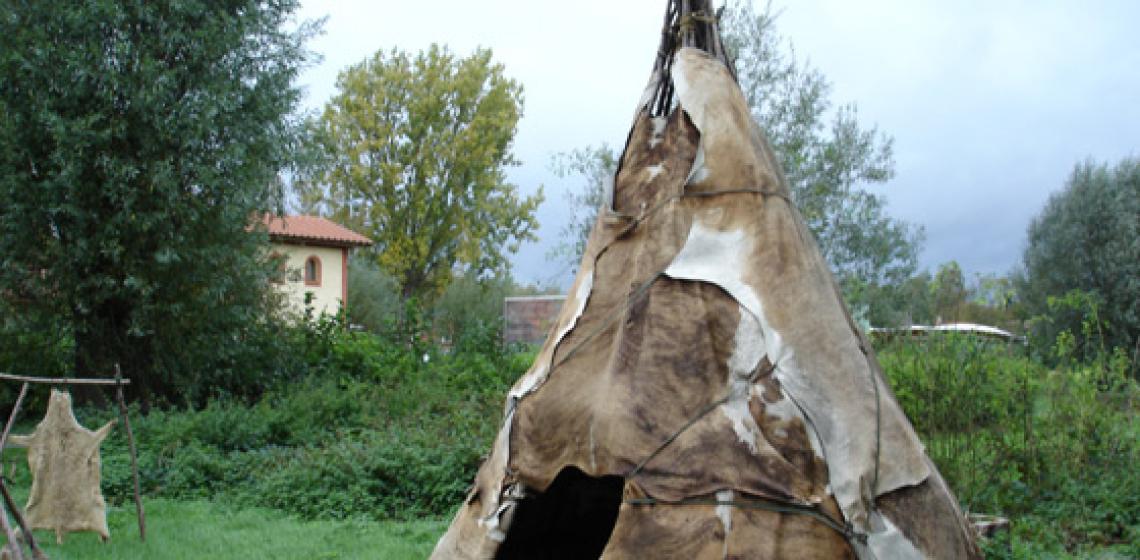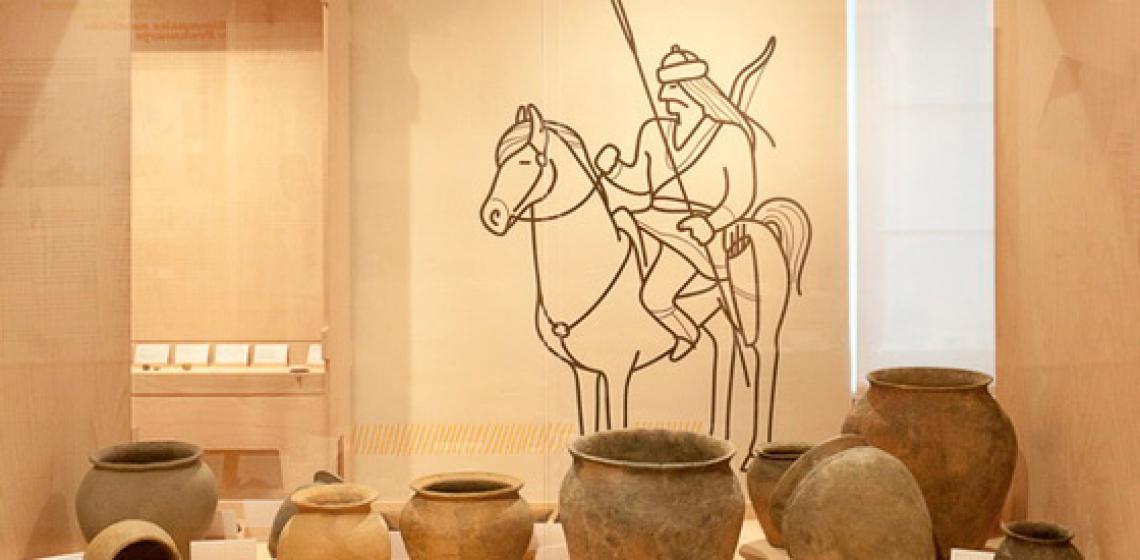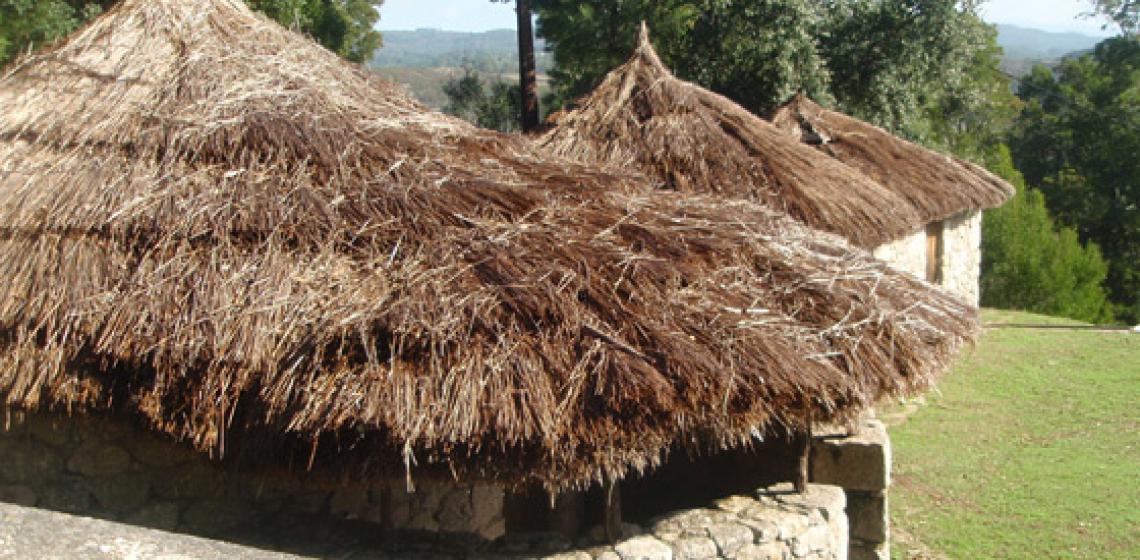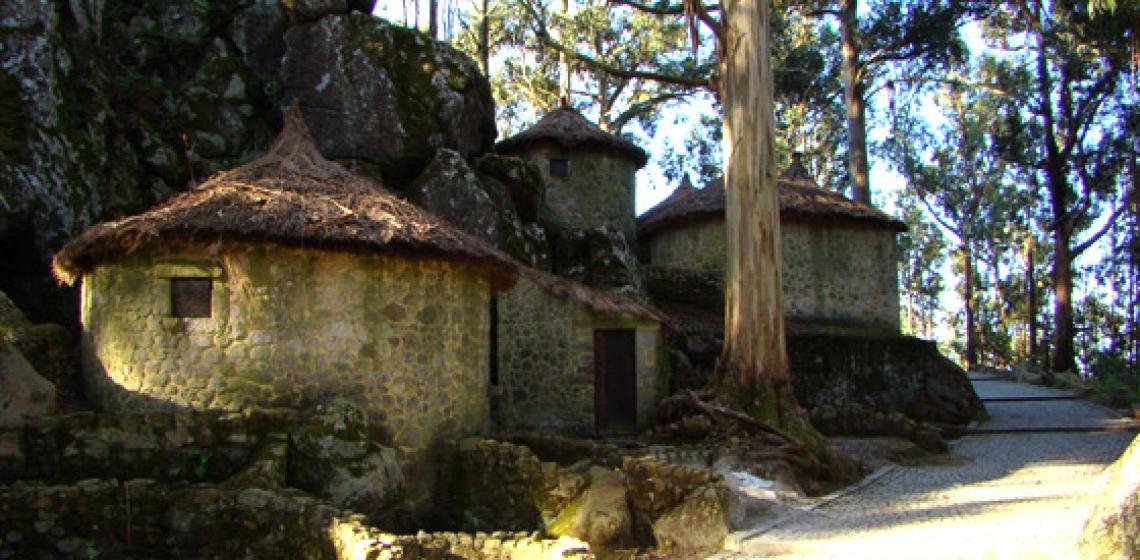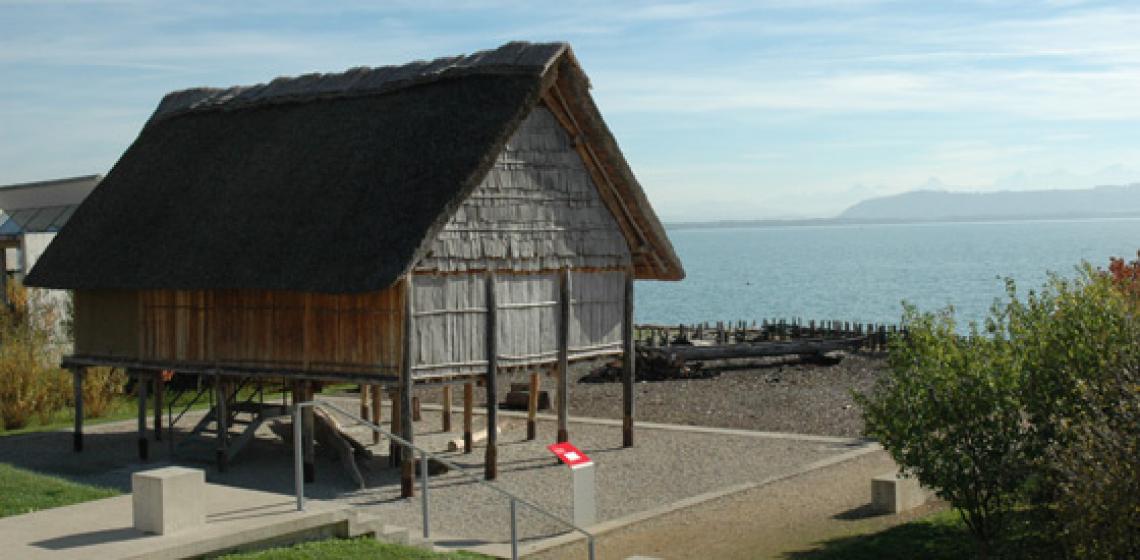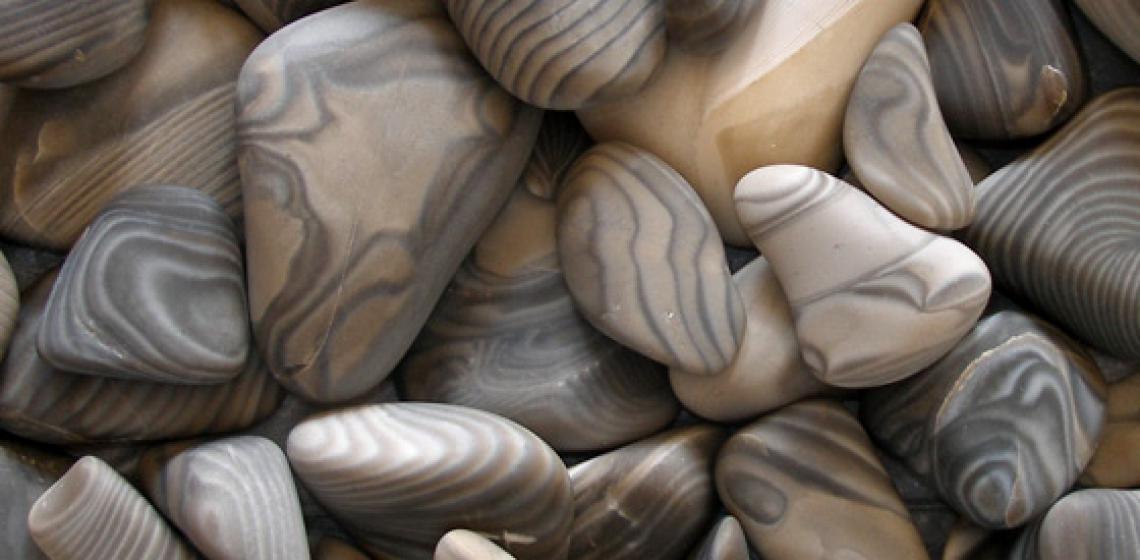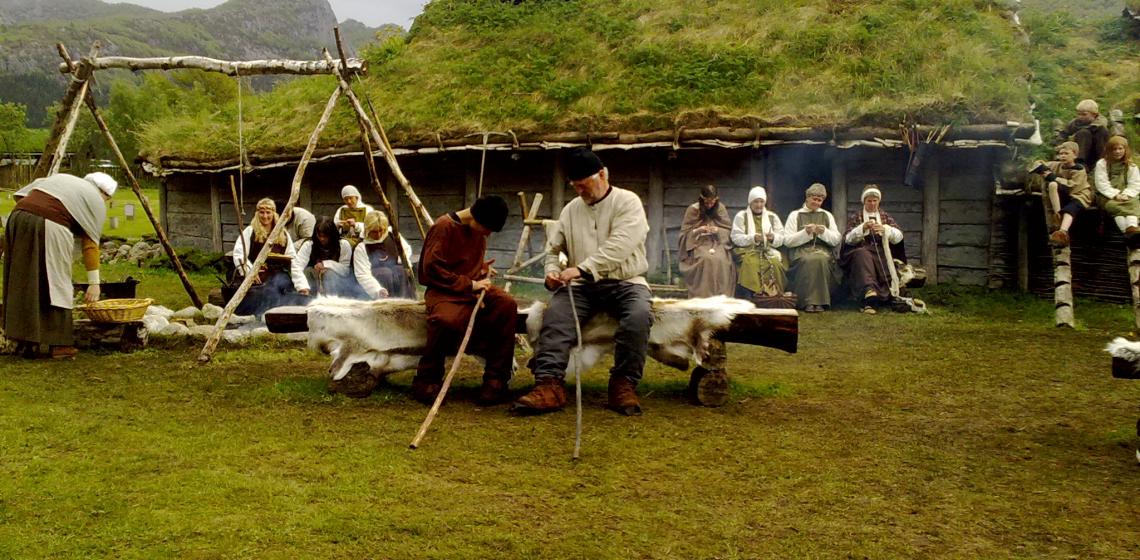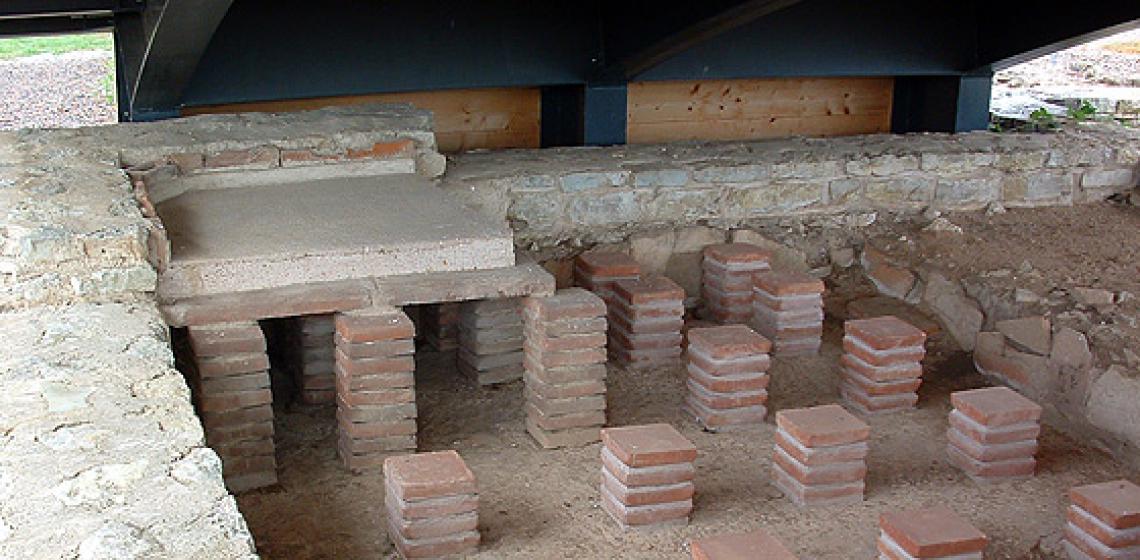Detský Praveký Skanzen Altamira (CZ)
Thanks to the support of the Skoda Auto Trade Union, the youth group Altamira started building an archaeological open air museum. Their motto is “find out who you are in a struggle with nature”. The Youth Association itself was founded in 1985.
Thanks to the support of the Skoda Auto Trade Union, the youth group Altamira started building an archaeological open air museum. Their motto is “find out who you are in a struggle with nature”. The Youth Association itself was founded in 1985...

